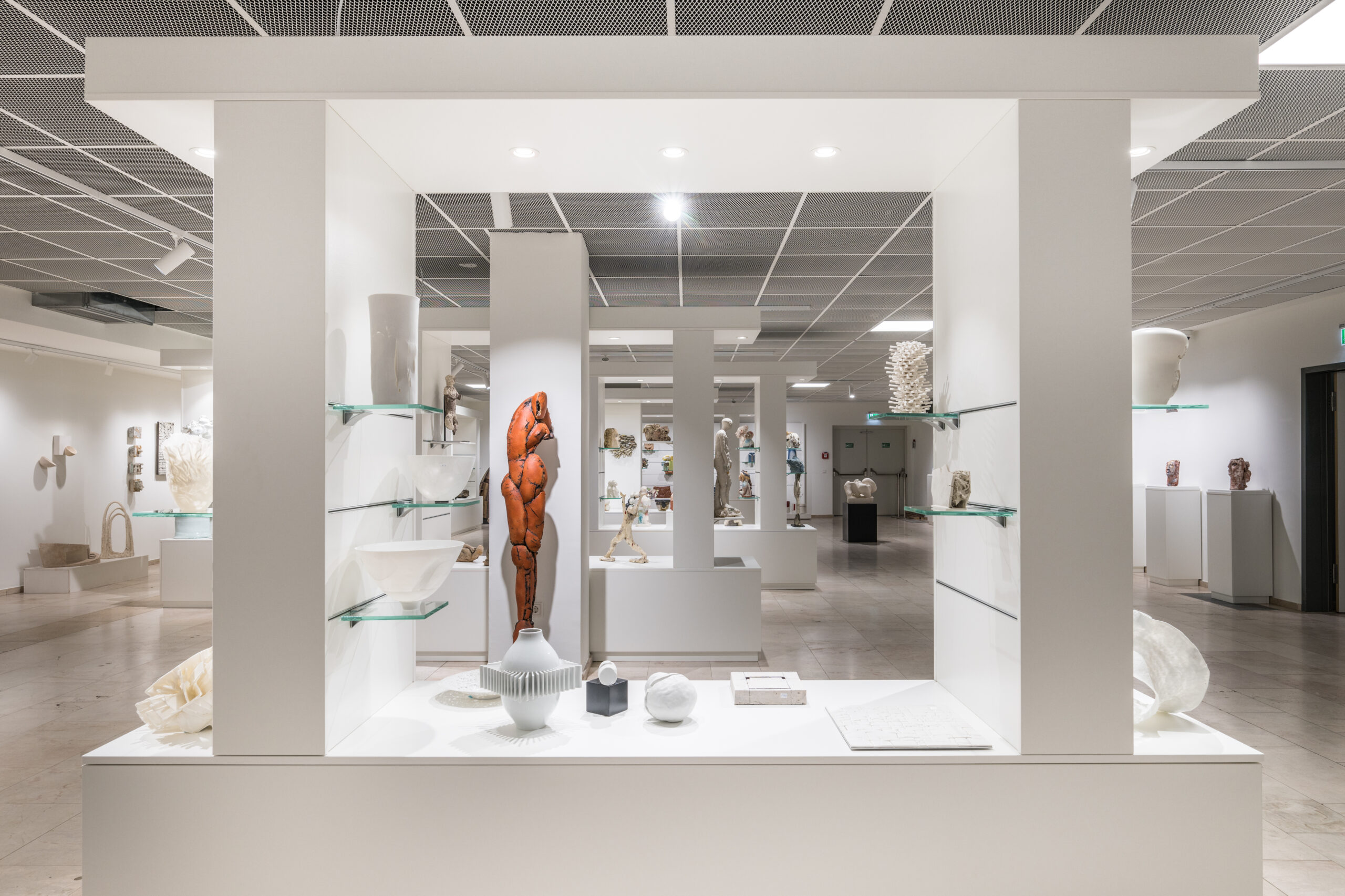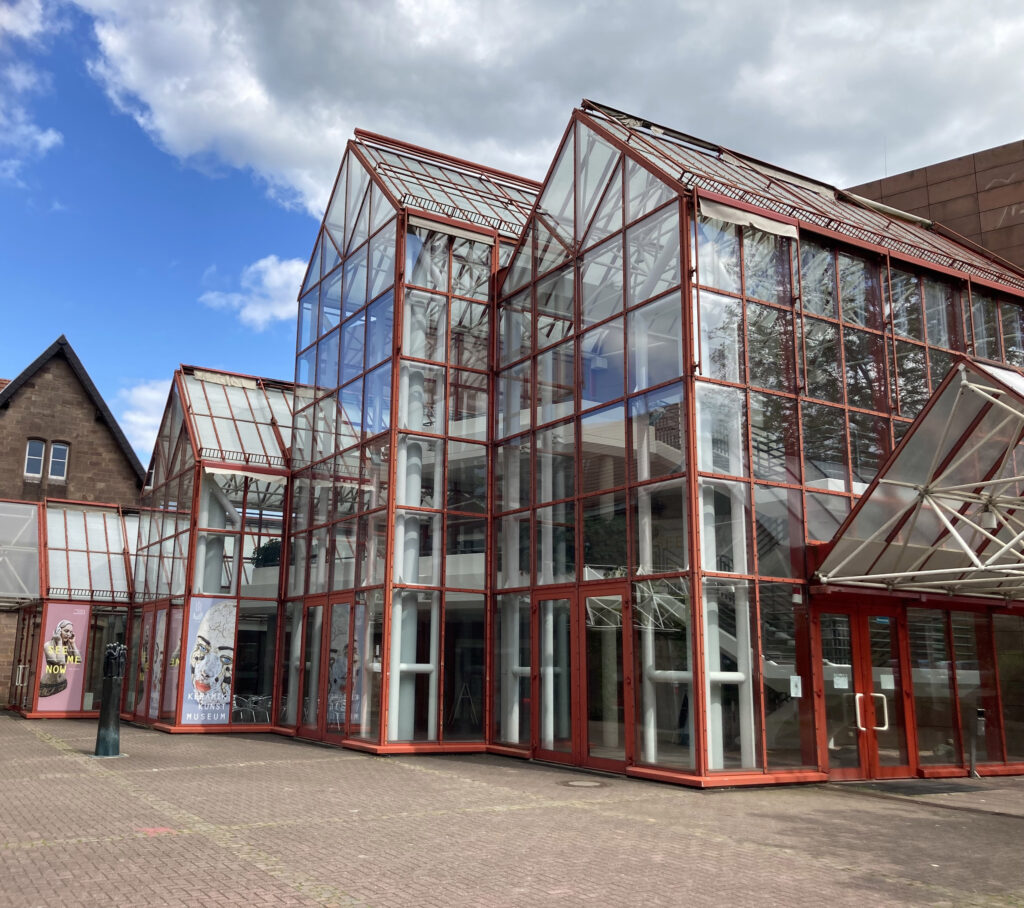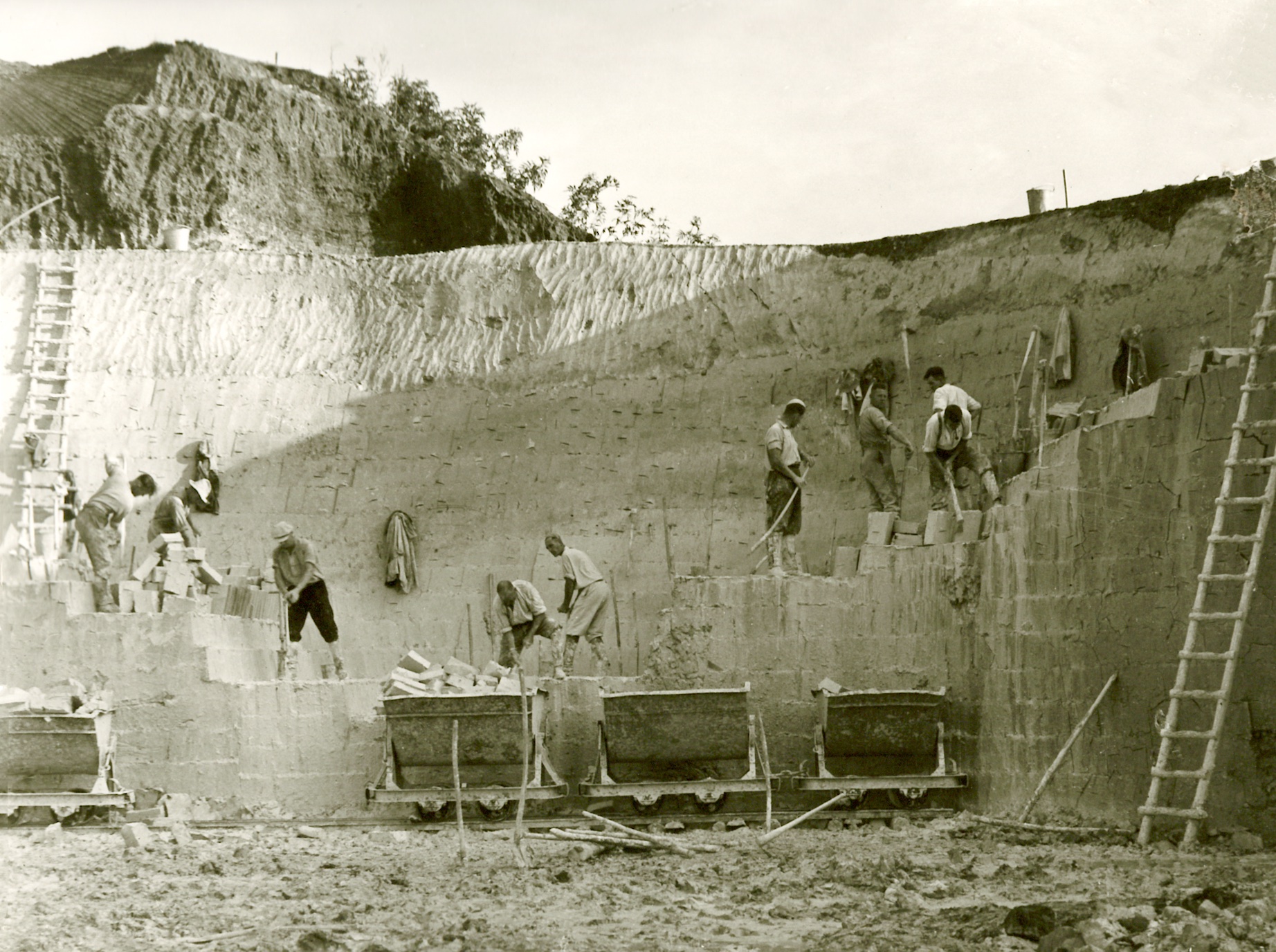72 Hours in Munich, Germany
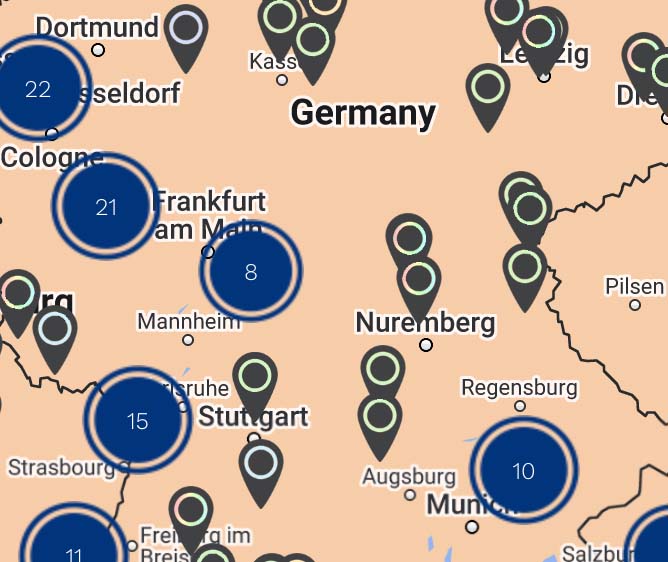
To see all the destinations listed in this guide and other ceramic sites in Germany, check out CERAMIC WORLD DESTINATIONS (CWD), MoCA/NY's interactive map listing over 4,000 ceramic destinations!
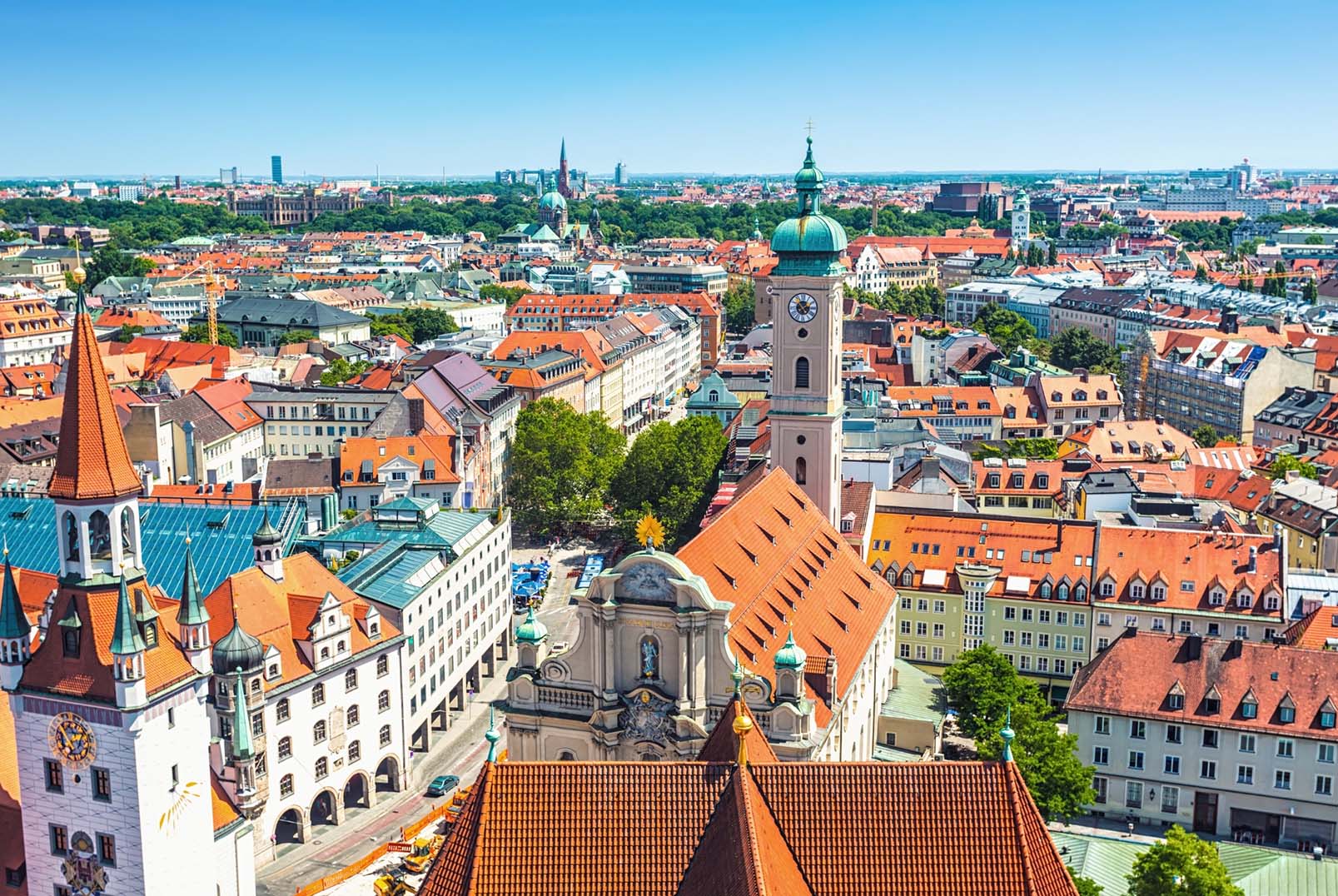
Munich is one of the most beautiful cities in Germany. With …

